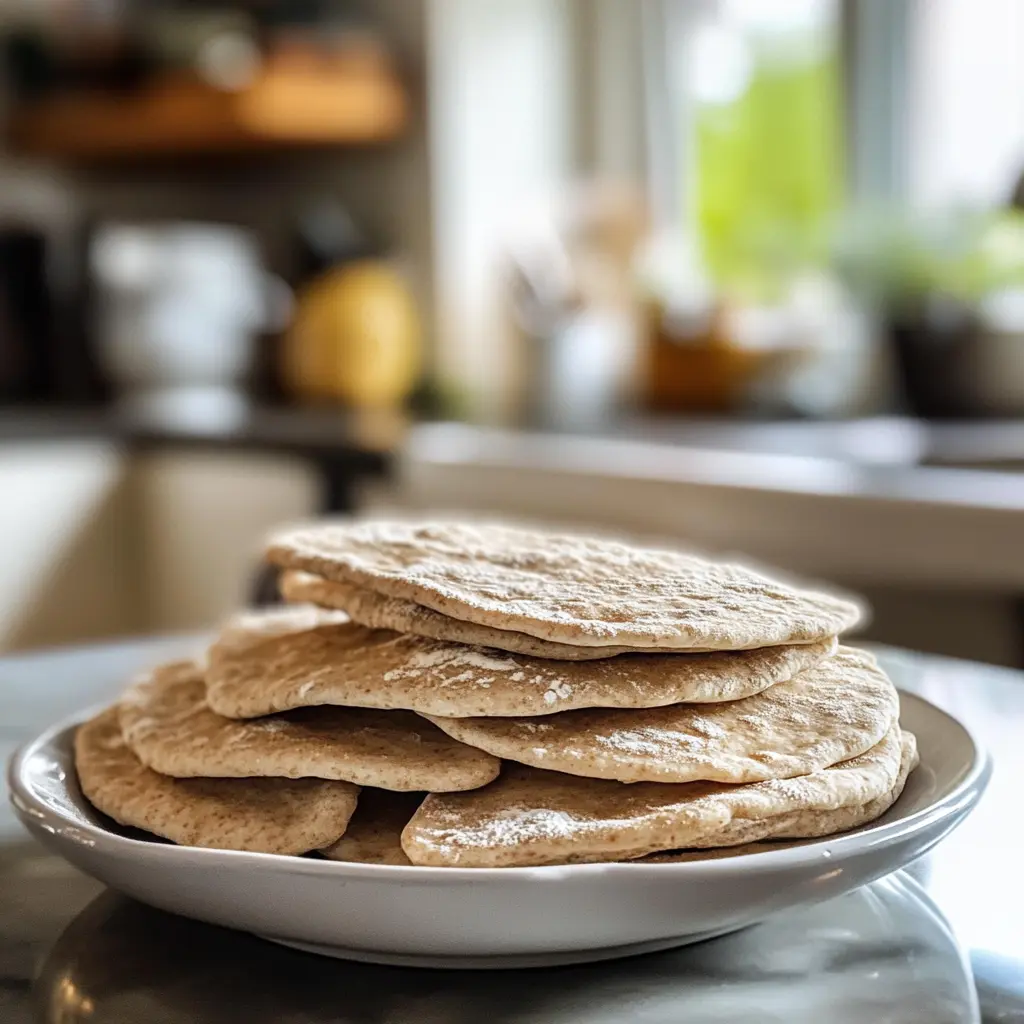
Introduction to Sourdough Feeding and Discarding
When baking sourdough, you often come across sourdough discard, an essential part of the feeding process. Every time you feed your sourdough starter, a portion is removed and discarded to maintain balance. But, do you have to discard every time you feed sourdough? While discarding is recommended, there are alternatives that can help reduce waste and even incorporate your discard into delicious recipes.
For more about managing your sourdough starter, check out this detailed sourdough starter guide from King Arthur Baking.
If you’re curious about the different ways to use sourdough discard, visit our post on Creative Sourdough Discard Uses: Recipes and Tips.
What Is Sourdough Discard?
Sourdough discard refers to the portion of the starter that is removed during feeding. This process is necessary to prevent the starter from becoming too large and unmanageable. Discarding helps maintain the right balance of yeast and bacteria, ensuring a healthy and active starter.
For more advanced techniques on sourdough feeding, check out Serious Eats’ sourdough guide.
If you want to learn more about keeping your discard active, take a look at our detailed guide on How Do I Activate Sourdough Discard?.
Why Discard When Feeding Sourdough?
Discarding during feeding is crucial for keeping your starter healthy. Without removing a portion, the yeast becomes diluted, affecting the starter’s activity and flavor. By regularly discarding, you ensure that your starter remains vigorous and capable of producing well-risen bread.
Why Some Bakers Keep Their Discard
Many bakers prefer to keep their sourdough discard because of its tangy flavor. When used in recipes, it adds a distinct sourdough taste to foods like pancakes, crackers, and waffles.
Can You Feed Sourdough Without Discarding?
While it’s possible to feed your sourdough without discarding, it often leads to excess starter that can be difficult to manage. There are strategies for minimizing discard, such as reducing the size of your starter or refrigerating it, which slows down the fermentation process and reduces the need for frequent feedings.
Ways to Reduce Sourdough Discard
If you’re concerned about waste, here are some practical tips to reduce sourdough discard:
- Reduce the size of your starter: This will lower the amount of discard produced with each feeding.
- Refrigerate your starter: Keeping your starter in the fridge means you only need to feed it once a week.
- Share your starter: Give some starter to friends or family to reduce the amount you need to maintain.
The Benefits of Using Sourdough Discard
Rather than throwing it away, you can use sourdough discard in a variety of recipes. From pancakes to crackers, discard can bring a slightly tangy flavor to your baked goods. Incorporating discard into your cooking reduces waste and enhances flavor.
Common Recipes for Sourdough Discard
- Sourdough Pancakes: Light and fluffy with a slight tang.
- Sourdough Crackers: Crisp, flavorful, and perfect for dipping.
- Sourdough Chocolate Chip Cookies: Adding discard to cookies enhances their complexity.
For more ideas, check out our blog post on Creative Sourdough Discard Uses.
Storing and Managing Sourdough Discard
If you’re not ready to use your discard immediately, you can store it in the refrigerator for up to a week or freeze it for longer-term use. Be sure to label your discard to keep track of its age.
Signs Your Discard Has Gone Bad
Even though discard is a byproduct of the fermentation process, it can still spoil. Look out for:
- Mold: Any visible mold growth means it’s time to throw it out.
- Off-putting Smell: If the discard smells bad (worse than usual), discard it.
FAQs About Sourdough Discard
Do You Have to Discard Sourdough Every Time You Feed It?
Yes, discarding is generally recommended to maintain a healthy starter. This ensures that the yeast and bacteria stay balanced.
How Often Should You Feed Sourdough Without Discarding?
When refrigerated, you can feed your starter once a week without discarding. However, for room temperature starters, discarding during each feeding is essential.
Can You Skip a Feeding Without Discarding?
Yes, if your starter is in the fridge. Otherwise, regular feeding and discarding are necessary to keep it active.
What Happens If You Don’t Discard Sourdough Starter?
The starter will grow too large, and the yeast activity will weaken. This affects the rise of your bread and its overall flavor.
How Much Starter Should You Discard?
Most bakers discard about half of their starter during feeding to keep it manageable and healthy.
Conclusion
To sum up, discarding a portion of your sourdough starter during feedings is necessary to keep it healthy and active. However, you can reduce waste by using your sourdough discard in recipes like pancakes, crackers, and cookies. With a bit of creativity, you can make the most of every part of your sourdough starter.
